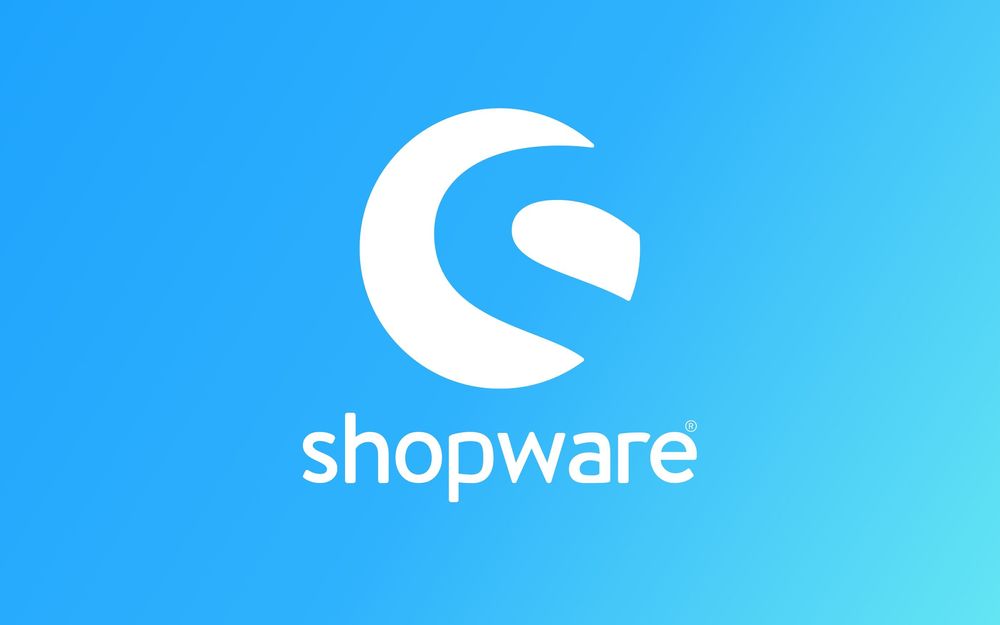Learn how to correctly use the sw-single-select component in Shopware 6.7, including proper two-way data binding with v-model, defining option lists, and avoiding common reactivity pitfalls when working with entity fields.
Introduction
When building custom administration modules in Shopware 6.7, you’ll often want to provide dropdown selections — for example, choosing a ticket status, product attribute, or configuration value. The sw-single-select component is the go-to solution for this.
However, it has some subtle gotchas that can break reactivity or prevent your dropdown from updating values properly. In this guide, we’ll walk through the correct way to use sw-single-select — both inline in your template and dynamically via computed properties.
Basic Example
Here’s a simple sw-single-select dropdown for managing ticket statuses:
<sw-single-select
label="Status"
v-model:value="ticket.status"
:options="[
{ value: 'open', label: 'Open' },
{ value: 'in_progress', label: 'In Progress' },
{ value: 'closed', label: 'Closed' }
]"
/>
Key points:
-
:optionsmust be an array of objects — each withvalueandlabelkeys. -
Use
v-model:valueinstead of justv-model.-
This ensures proper reactivity with the Shopware entity system.
-
Without
:value, you won’t be able to change the selection — the dropdown will appear “frozen”.
-
Why :value Matters
In Shopware 6.7’s Vue 3-based admin components, v-model is not automatically bound to “value” anymore.
By using v-model:value, you explicitly tell Vue which prop to bind to and which event to listen for.
If you omit the colon or use just v-model, you’ll run into:
-
Changes not updating the entity field
-
Dropdown not reacting to selection
-
Silent reactivity issues that make debugging painful
Defining Options Dynamically
Instead of defining the options inline in your template, you can define them in your component’s script using a computed property:
computed: {
shopwareAttributesSelectOptions() {
return [
{ label: 'aaa', value: 'aaa' },
{ label: 'bbb', value: 'bbb' },
{ label: 'ccc', value: 'ccc' },
];
},
},
Then, bind it in your template like this:
<sw-single-select
label="Attribute"
v-model:value="ticket.attribute"
:options="shopwareAttributesSelectOptions"
/>
This approach is cleaner and allows you to:
-
Load options dynamically (e.g., from an API or repository)
-
Localize labels
-
Keep your template more readable
Binding to Entity Fields
If you’re using sw-single-select with entity data (for example, a ticket entity), make sure you fetch your entity correctlybefore binding:
this.ticket = await this.repository.get(id, Shopware.Context.api, criteria);
Once this.ticket is populated, v-model:value="ticket.status" will automatically reflect changes — both from user input and repository updates.
Common Pitfalls
| Issue | Cause | Solution |
|---|---|---|
| Dropdown value doesn’t change | Missing :value binding in v-model |
Use v-model:value="..." |
| Dropdown empty or not rendered | Options array missing value/labelkeys |
Define both value and label |
| Dropdown doesn’t update entity | Ticket or entity not reactive | Ensure entity fetched via repository and not manually cloned |
Summary
Using sw-single-select in Shopware 6.7 correctly comes down to three rules:
-
Always use
v-model:valuefor entity fields. -
Always define
optionsas{ value, label }objects. -
Consider moving options into a computed property for better maintainability.
By following these conventions, your selects will be fully reactive, consistent, and easy to extend.

